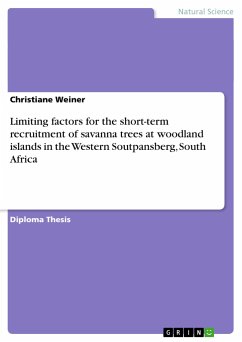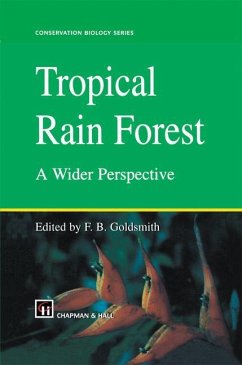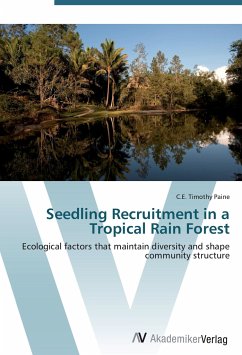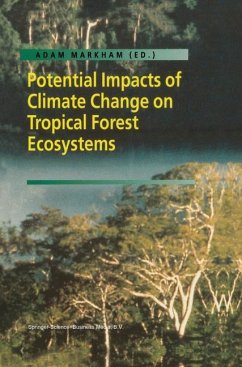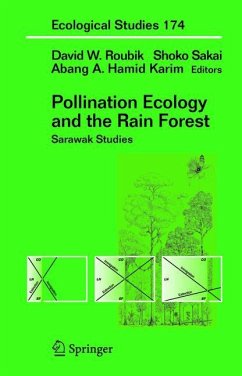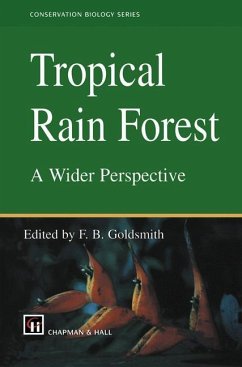
Factors Limiting Tropical Rain Forest Regeneration
Assessment of Ecological Factors Limiting Tropical Rain Forest Regeneration: A Case Study of Kakamega Forest, Kenya
Versandkostenfrei!
Versandfertig in 6-10 Tagen
39,99 €
inkl. MwSt.

PAYBACK Punkte
20 °P sammeln!
Escalating loss of tropical forest is the main challenge to forest managers and scientists in many parts of Africa. Advancement in technology and increase in human population have resulted in increased pressure on tropical rain forests hence posing a threat on the slow regenerating forests. Kakamega is one of the tropical rain forests faced with high rate of depletion from increasing human population and logging for raw materials. Success in forest regeneration is determined by successive completion of several events in the life circle of trees such as seed production, dispersal to safe sites,...
Escalating loss of tropical forest is the main challenge to forest managers and scientists in many parts of Africa. Advancement in technology and increase in human population have resulted in increased pressure on tropical rain forests hence posing a threat on the slow regenerating forests. Kakamega is one of the tropical rain forests faced with high rate of depletion from increasing human population and logging for raw materials. Success in forest regeneration is determined by successive completion of several events in the life circle of trees such as seed production, dispersal to safe sites, germination, seedling emergency establishment and onward growth. This study was carried out to ascertain the factors impinging on regeneration in Kakamega forest. The study was done in six different vegetation types identified as primary forest,plantation, shrubland,secondary grassland, natural glade and burnt glade.Information on forest regeneration is vital for the undertaking of forest restoration work in degraded areas of a forest.



